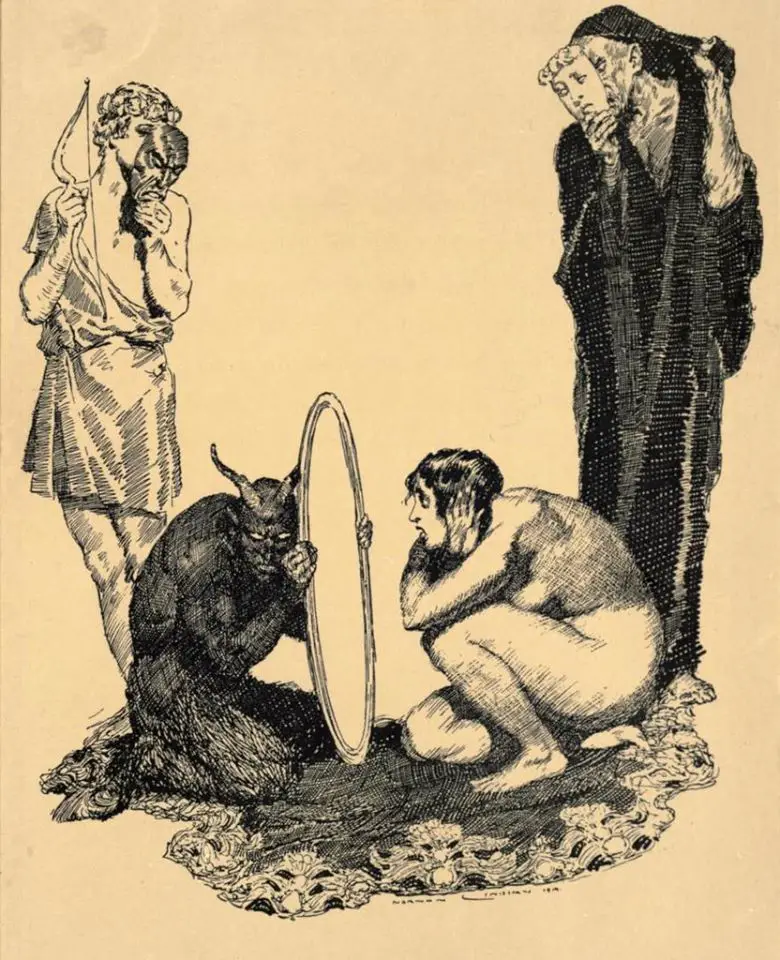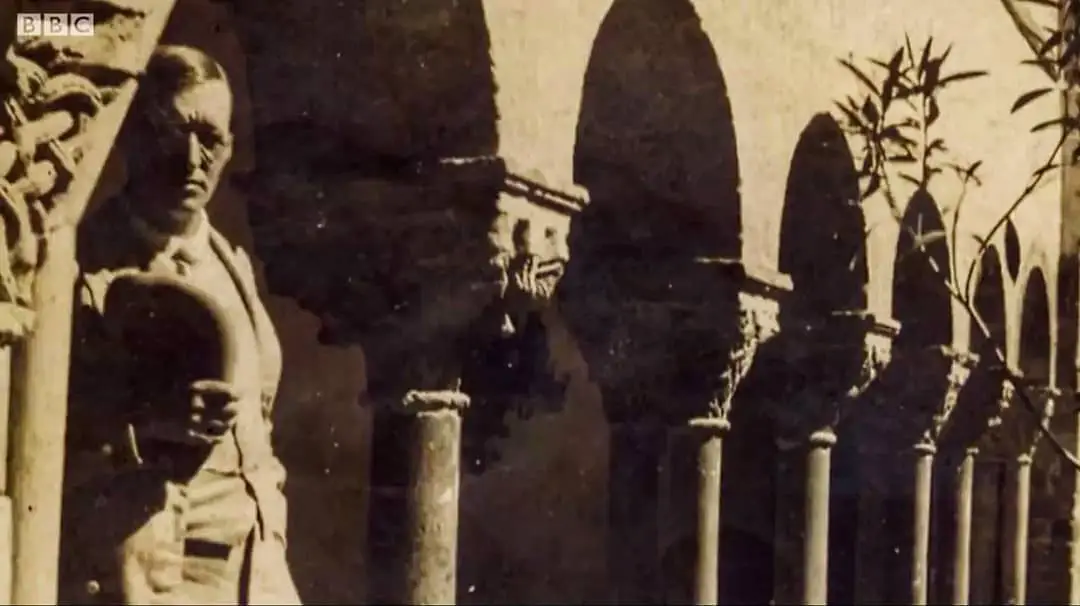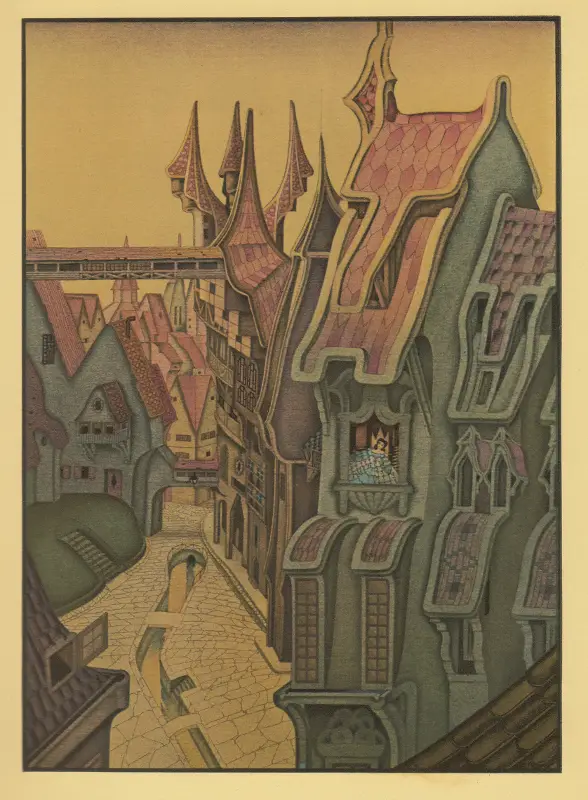Tag: ETA Hoffmann
Edgar Allan Poe, singer of the abyss
Unknown in life, Edgar Allan Poe saw his genius fully recognized only after his untimely death, as happened later also for HP Lovecraft, who followed in his footsteps: today, almost two centuries after his death, Poe is considered an author more unique than rare in narrating the unusual, in exploring the greatest and atavistic terrors of man, in recalling the lost beauties of ancestral times.
The human being as multiplicity: mask, "doppelgänger" and puppet
Since modern man has dramatically realized that the unity of the human being is an illusion some of the highest minds of his consortium have sought - in a uncanny game of masks, mirrors and dolls - to understand how to integrate one's infinite personalities and overcome the existential nihilism that such masks potentially offer: from ETA Hoffmann's “The Sandman” and EA Poe's “William Wilson” to Hermann Hesse's “The Steppe Wolf”; from the contemporary cinema of Roman Polanski and David Lynch to Thomas Ligotti's "marionette metaphysics" and HP Lovecraft's "cosmic horror".
“Only masks? And the face? "
EUMESWIL
Ernst Jünger Studies Association
presents
for the cycle of meetings
« The big questions "
"Only masks? And the face? "
From Montague Rhodes James to Ari Aster's “Hereditary”
In some of the most terrifying stories of Montague Rhodes James emerges the Hoffmannian-Ligottian theme of man as a puppet or marionette, at the mercy of demonic entities that hide behind the scenes of reality: particularly successful is "The Haunted Doll's House", which has partially inspired by Ari Aster's film “Hereditary”.







